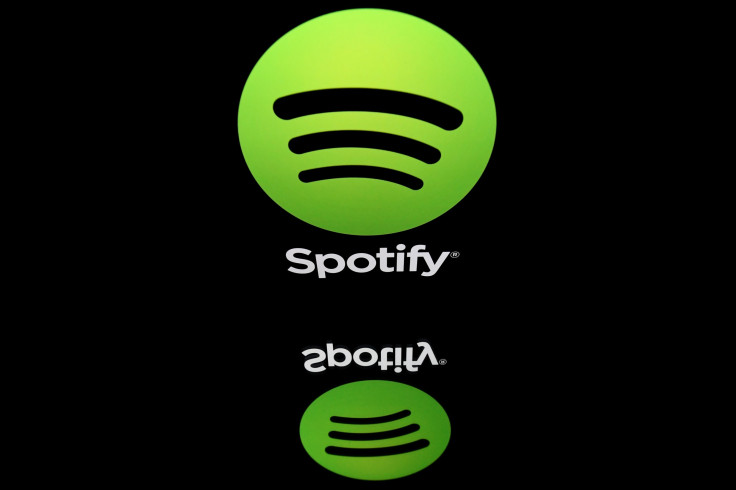Spotify's Still Gaining Share In The US Music Streaming Market

Streaming has quickly become the largest source of revenue in the music industry. Over the first six months of the year, streaming services accounted for 80% of industry revenue in the United States, according to the RIAA's midyear report.
What's more, streaming is still taking a bigger piece of the pie. Consumer spending on subscriptions and advertising on free streaming services led to a revenue increase of 26% year over year compared with 18% overall growth in the industry.
Despite the success of Apple (NASDAQ:AAPL) Music in the U.S., global leader Spotify (NYSE:SPOT) is still gaining market share over smaller competitors. The company grew revenue in the U.S. 33% through the first half of 2019. (While Spotify's revenue isn't directly comparable with the music industry's revenue, the two are closely correlated.)
Spotify's market share gains are indicative of its competitive advantages in the industry. Here's how Spotify is growing its share and what investors can expect.
Growing premium subscriptions
Spotify ended the second quarter with approximately 32.4 million premium subscribers in North America. That's a 26% year-over-year increase.
Meanwhile, it saw relatively stable average revenue per user (ARPU) last quarter on a global basis. Considering some of its ARPU pressure stems from its expansion to global markets -- approximately 25% -- that indicates ARPU in the United States likely increased year over year.
Growing premium subscribers is its biggest source of revenue gains. Subscription revenue accounts for about 90% of the company's total sales, so growth in premium users has an outsize impact on its results. That said, Spotify continues to improve its ad sales -- placing more ads, more efficiently -- but ad-supported streamers grew just 8% year over year in North America last quarter.
Persuading users to subscribe
Spotify has set up a strong conversion pipeline from free listeners to paid subscribers. It offers a compelling value proposition to get users to sign up for the service: free unlimited on-demand music streaming. Then, after providing more value than expected, it can sell users on a subscription.

One of the biggest differentiators for Spotify is its playlists. The company says more than two-thirds of listening hours come from playlists. About half of that comes from algorithmically generated or Spotify-curated playlists, which users won't find on competing services like Apple Music.
Combined with a compelling way to try out the service risk-free, Spotify has an excellent path to subscriber growth. An increasing number of free listeners are signing up for Spotify's free trial subscription -- 18% in the fourth quarter of last year, according to a survey from Consumer Intelligence Research Partners. It also found that 72% of trial members converted to paid subscribers -- a huge conversion rate.
What's next?
Spotify has continued to gain premium subscribers at a strong pace in North America while Apple Music has started to stall. Apple was growing robustly in 2018, and it was estimated that it would overtake Spotify's premium subscribers in the U.S. last summer. Growth appears to have slowed, however, and it didn't surpass Spotify until February.
It took Apple more than a year to go from 50 million subscribers to 60 million. During the same period, Spotify added over 25 million global subscribers.
Apple appears to have already picked most of the low-hanging fruit -- consumers already deeply embedded in the Apple ecosystem. As such, Spotify investors should expect the company to continue outpacing the overall market as it continues to convert ad-supported listeners to paid subscribers. It may even retake the subscription lead from Apple.
And while ad-supported listeners only grew 8% in North America during the second quarter, there are still about 32.6 million free listeners on the continent -- and more coming in every quarter. That's still a massive opportunity to grow premium subscribers and take more market share from the competition.
This article originally appeared in the Motley Fool.
Adam Levy owns shares of Apple. The Motley Fool owns shares of and recommends Apple and Spotify Technology. The Motley Fool has the following options: short January 2020 $155 calls on Apple, long January 2020 $150 calls on Apple, short January 2020 $155 calls on Apple, and long January 2020 $150 calls on Apple. The Motley Fool has a disclosure policy.





















